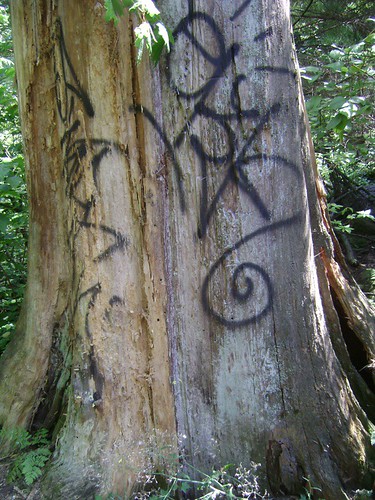Olfactory Brief vs. Marketing Brief
There's a huge different between the two... Unfortunately, the latter has far greater influence on today's perfume industry.
Olfactory brief actually refers to the true olfactory vision. It's similar to giving a filmmaker a story, and asking him to make a film based on that. There are many steps involved in the process, and the result will be a very personal interpretation of the perfume, that reflect the story but also the filmmaker's style, vision and aesthetics (just as an example: compare the Tim Burton's "Charlie and the Chocolate Factory" to the original film from 1971). Same story, but completely different experience, mood, visuals, etc. Likewise, if the same olfactory brief (for example: a perfume inspired by the moonlight) will be given to two different perfumers - the result will be significantly different. One perfumer may choose to create a very bright, white floral perfume, associating the moon with night blooming flowers such as jasmine, tuberose, etc. While the other perfumer may associate the moon with darker lore and myths related to werewolves and such, and create something that smells entirely different (I can't even decide yet what that would be!). An olfactory or creative brief can be very minimal (as the one I presented earlier - the moonlight is a very broad brief) or very elaborate and specific (i.e.: glittering light of a full moon falling on the silvery dry summer grass blowing in the wind of the savannah; or: shadowing clouds pass over the full moon as the lonely wolves are howling from the top of the cliff over the dark thick forest).
Marketing briefs, however, relate primarily to how the perfume is going to be presented to the public in order to sell it to a target audience. The marketing brief addresses rather dry topics such as the target audience (age group, buying power, gender, ethnicity, country or region, etc.), and also less dry but nevertheless very practical points such as packaging size, shape and colour, bottle design, and which face of a certain influential celebrity or a model will be endorsing the perfume and convincing as many crowds as possible to buy it.
While the marketing brief is important to an extent (if any company or independent perfumer wants to survive this competitive environment and continue to produce perfumes, they must have something that brings in enough cash to create anything at all - artsy or not). The reason why the life is being sucked out of the art of perfumery, and so many perfumes smell the same, is because they start from marketing briefs, and not from creative or olfactory briefs. And most marketing briefs look like either one of the following:
"X perfume will accommodate as many section of the population as possible"
"Y perfume will appeal to the teens and tweens with nothing better to do with their lives but to smell like a fruit punch with some amber and flowers thrown in to create the illusion of sophistication and luxce"
"Z perfume is sexy, but fresh; unobtrusive, but easily noticeable; modern and not too flowery, trendy and fun, and will be sold for only $32.99 at your local drugstore so that every other guy and his niece will be able to afford it for themselves or as a gift".
And than we're surprised that most of new perfumes are packed with fake fruit notes & vague florals, underlined with imitation amber, synthetic musk and pretend-woods?!
(Oops, I think I just came up with another marketing brief...!).
I think you get my point...






